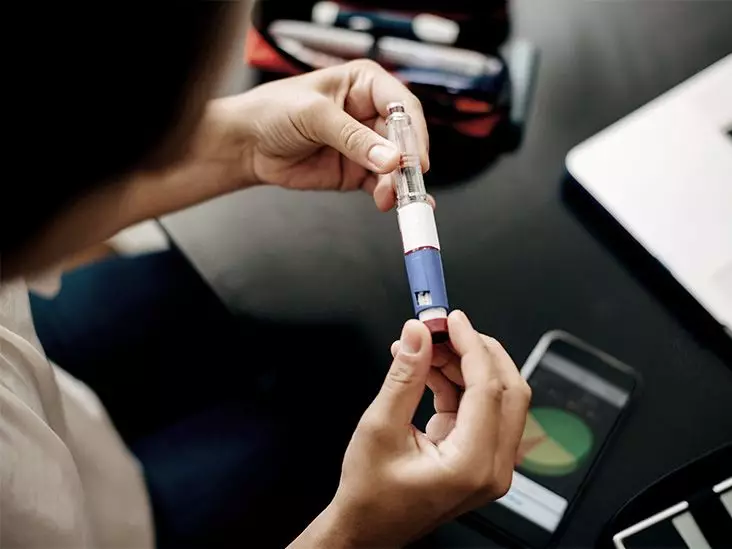Anaphylaxis is an acute and potentially life-threatening allergic reaction. It can manifest rapidly, often within minutes after exposure to an allergen—this could range from a food substance, a medication, or insect stings. As the body’s immune response spirals out of control, symptoms can escalate dramatically, underscoring the urgent need for immediate treatment. While anaphylaxis can arise from various triggers, the reaction is alarming due to its unpredictable nature and severe effects on multiple body systems.
EpiPen is a widely recognized brand of epinephrine auto-injectors, specifically designed for emergency situations requiring rapid intervention. Epinephrine, also known as adrenaline, is a synthetic form of a naturally occurring hormone in the body. It plays a crucial role during anaphylactic reactions by constricting blood vessels, dilating airways, and enhancing heart output. These effects help reverse the symptoms of anaphylaxis temporarily, providing essential time for further medical assistance.
The U.S. Food and Drug Administration (FDA) has sanctioned EpiPen and its counterpart, EpiPen Jr., for treating severe allergic reactions in both adults and certain pediatric patients. Administering an EpiPen as soon as symptoms manifest—or even preemptively after exposure to known allergens—can be life-saving.
A considerable range of allergens can trigger anaphylaxis. Here are some of the most prevalent culprits:
– **Food Allergens:** Nuts, shellfish, eggs, and dairy are notorious for eliciting severe reactions. These can vary in severity, with each exposure potentially being more dangerous than the last.
– **Insect Stings:** Stings from bees, wasps, and hornets are common triggers, particularly for individuals with known insect sensitivities.
– **Medications:** Certain medications, particularly antibiotics like penicillin, can precipitate anaphylaxis.
– **Other Substances:** Latex exposure and some dyes used in medical procedures can also lead to severe allergic responses.
It’s important to remember that even mild reactions in the past can signal an increased risk of severe reactions in the future.
When to Use EpiPen
Due to the variable time taken for symptoms to manifest after allergen exposure, individuals at risk for anaphylaxis should carry an EpiPen at all times. The following symptoms might indicate that EpiPen use is necessary:
– Difficulty breathing or wheezing
– Swelling of the throat, tongue, or face
– Hives or severe skin rash
– Abdominal pain or gastrointestinal distress
– Dizziness or fainting
If any combination of these symptoms emerges after exposure to a known allergen, the time to act is immediate. Medical professionals suggest that individuals use the epinephrine auto-injector promptly upon awareness of any serious allergic response.
For individuals with higher chances of experiencing anaphylaxis—such as those with a history of severe allergies or complex asthma—consultation with a medical professional is crucial. Doctors may prescribe EpiPen as a precautionary measure and will often engage patients in creating an anaphylaxis emergency action plan. This plan delineates the individual’s allergies, anticipated responses, and specific guidelines on utilizing the EpiPen.
Additionally, it’s essential that individuals and their families undergo education on proper EpiPen usage, recognizing symptoms of anaphylaxis, and understanding that EpiPen does not replace professional medical intervention. After administering the epinephrine, one must contact emergency services immediately, as the situation may deteriorate again rapidly.
While the EpiPen is a crucial first response to anaphylaxis, it is not a standalone solution. The effects of epinephrine are temporary, and subsequent medical evaluation is often essential to monitor for any rebounding allergic reaction or lingering complications. Patients should be prepared to receive a second dose if symptoms persist, but such doses should only be administered as advised by a healthcare professional.
Having an EpiPen on hand can be the difference between life and death in an anaphylactic emergency. Understanding its use, recognizing symptoms, and ensuring professional guidance are key aspects in managing severe allergic reactions effectively. Always maintain open lines of communication with your healthcare provider concerning risks, treatment plans, and experiences surrounding allergies. As we embrace greater awareness around severe allergies, the importance of preparedness and education continues to grow.

